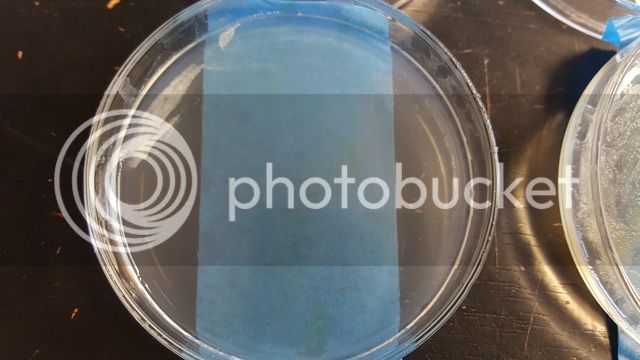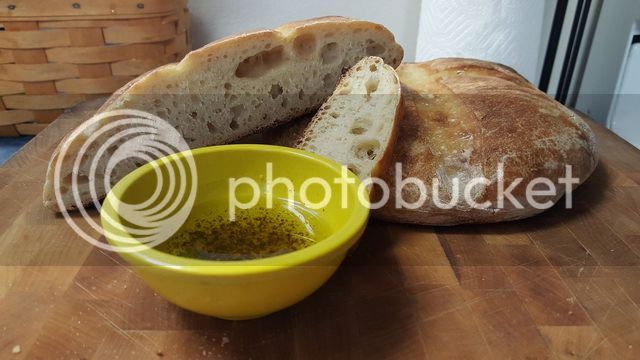bstacy1974
Well-Known Member
I've been wanting to capture some local yeast for a couple of years, so I thought I'd make it a family science project.
My youngest daughter loves to bake so any captured yeast will not only be for brewing experiments, but also for sourdough or other bread recipes.
Day 1
Made a small batch of extract broth with a few pellets of Cascade hops. After a short boil, I split the wort into 3 small mason jar. The jars and lids were then placed in a pressure cooker for 20 mins.
After cooling, my two youngest kids and I collected some flora growing around the house for each jar. A clover flower, high bush cranberries, and a couple of fireweed flowers.
The lids were loosely placed on the jars to allow gas to escape.

Day 3
Bubble formation on top and a noticeable turbidity to the wort. The smell was very fruity citrus.

Day 5
I think we have something. Maybe yeast. Each jar looks and smells the same. The greenish layer on the bottom is the hops and proteins from the extract, but there is a very faint layer of yeast that's settled on top of the trub. Plus some yeast is sticking to the sides of the jar.

Day 7
I placed the jars in my keezer to cold crash for the next week. I picked up some agar powder at the health food store and my petri dishes will be here next Wednesday.
We will plate a sample from each jar next Saturday.
More to come.
My youngest daughter loves to bake so any captured yeast will not only be for brewing experiments, but also for sourdough or other bread recipes.
Day 1
Made a small batch of extract broth with a few pellets of Cascade hops. After a short boil, I split the wort into 3 small mason jar. The jars and lids were then placed in a pressure cooker for 20 mins.
After cooling, my two youngest kids and I collected some flora growing around the house for each jar. A clover flower, high bush cranberries, and a couple of fireweed flowers.
The lids were loosely placed on the jars to allow gas to escape.

Day 3
Bubble formation on top and a noticeable turbidity to the wort. The smell was very fruity citrus.

Day 5
I think we have something. Maybe yeast. Each jar looks and smells the same. The greenish layer on the bottom is the hops and proteins from the extract, but there is a very faint layer of yeast that's settled on top of the trub. Plus some yeast is sticking to the sides of the jar.

Day 7
I placed the jars in my keezer to cold crash for the next week. I picked up some agar powder at the health food store and my petri dishes will be here next Wednesday.
We will plate a sample from each jar next Saturday.
More to come.











